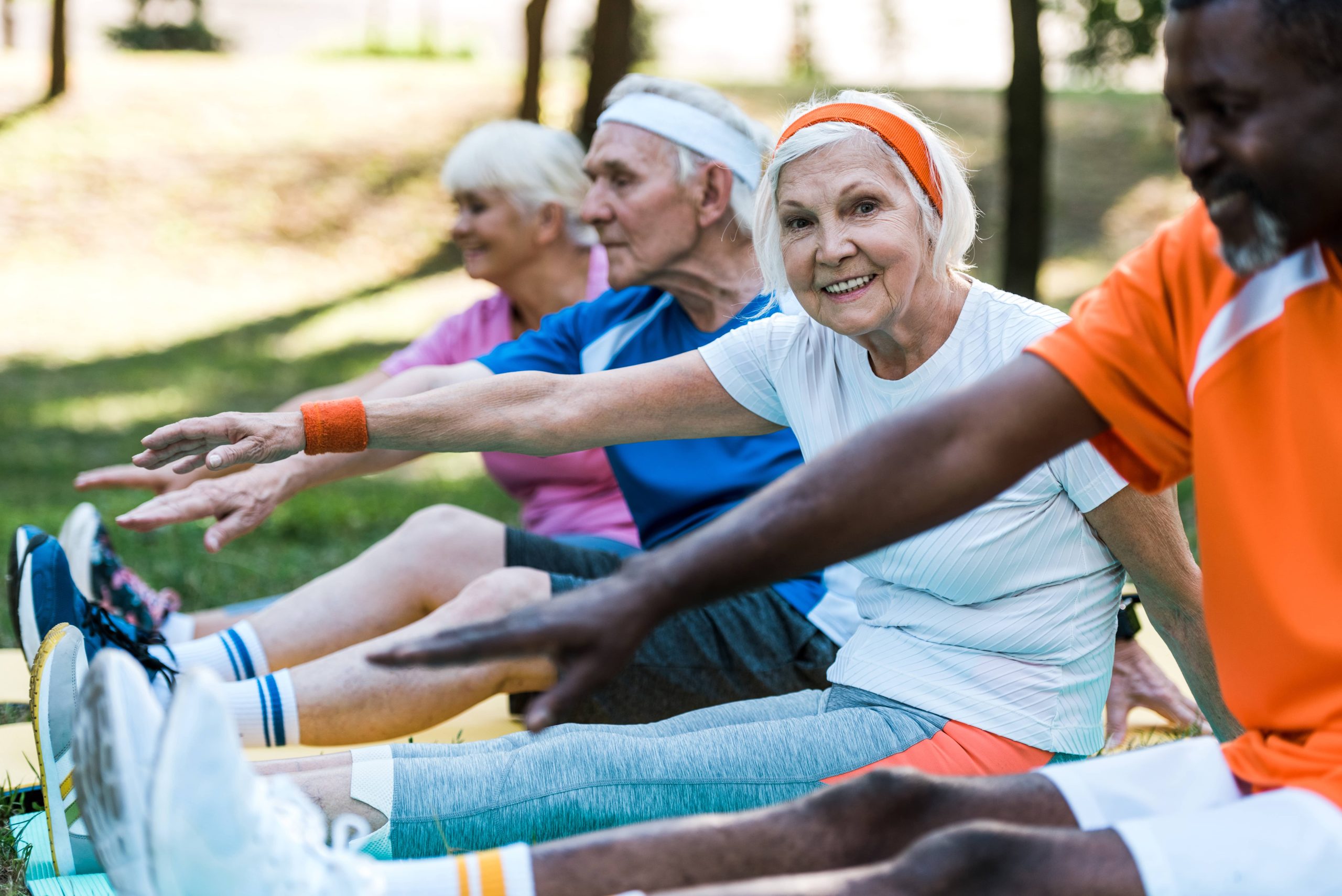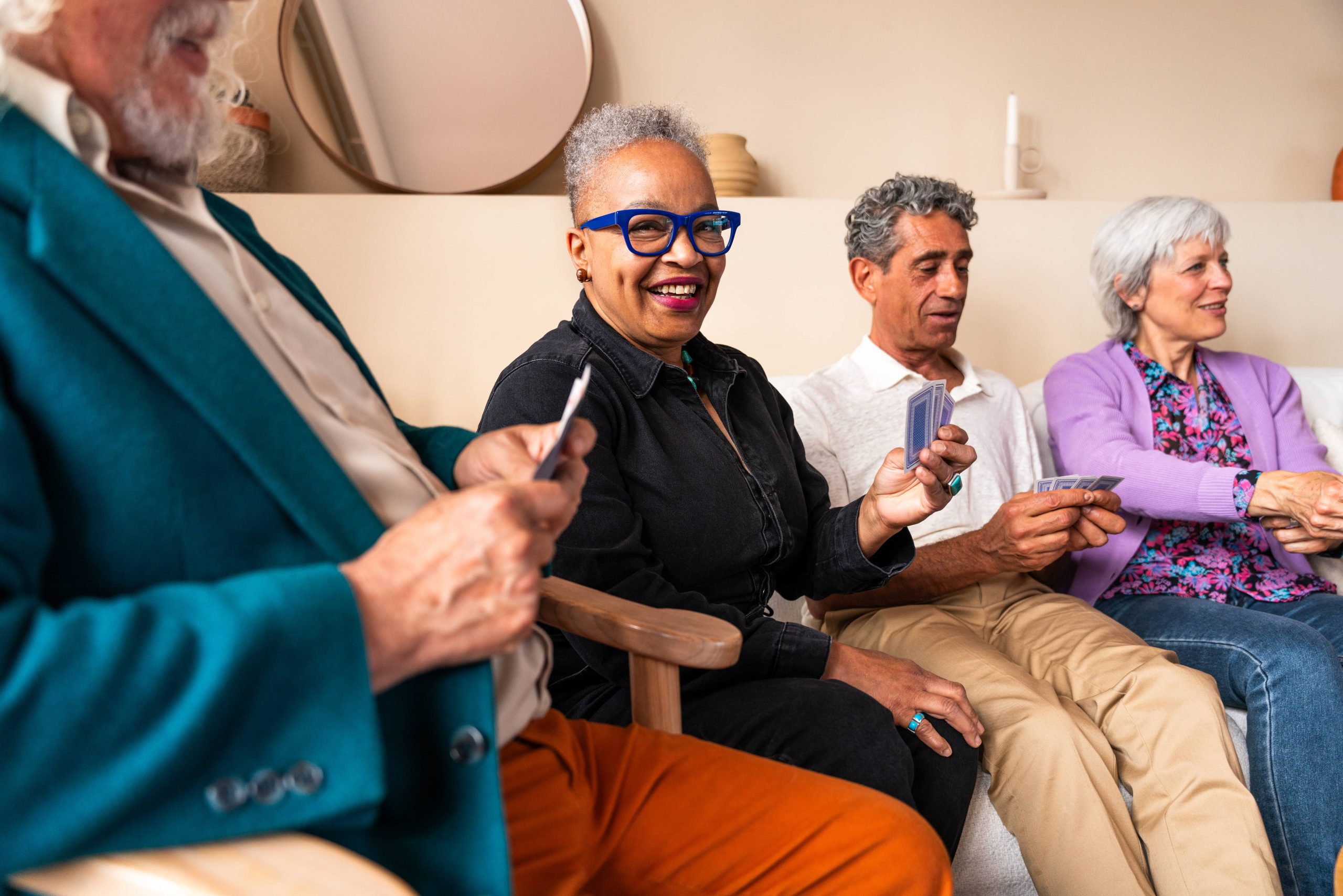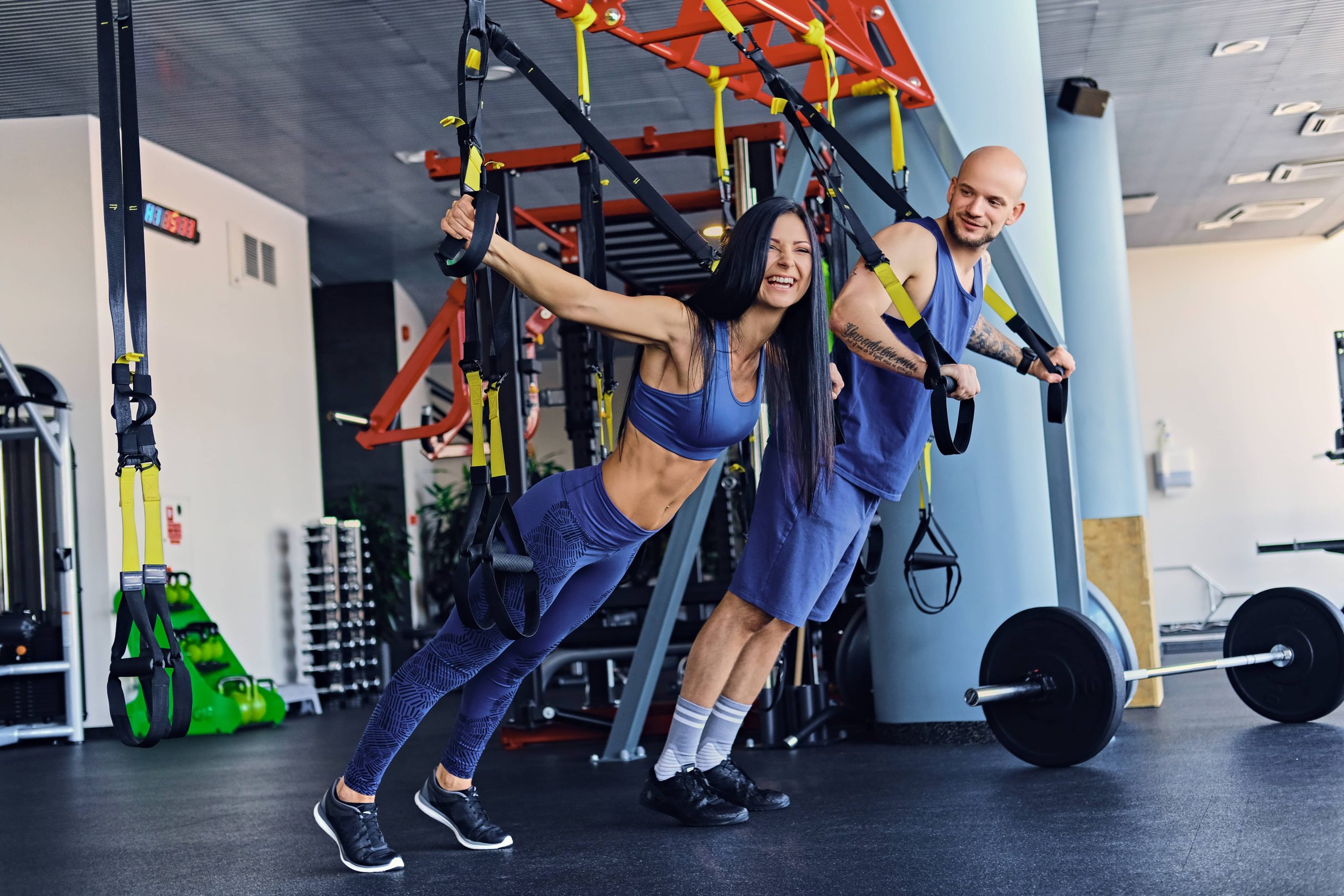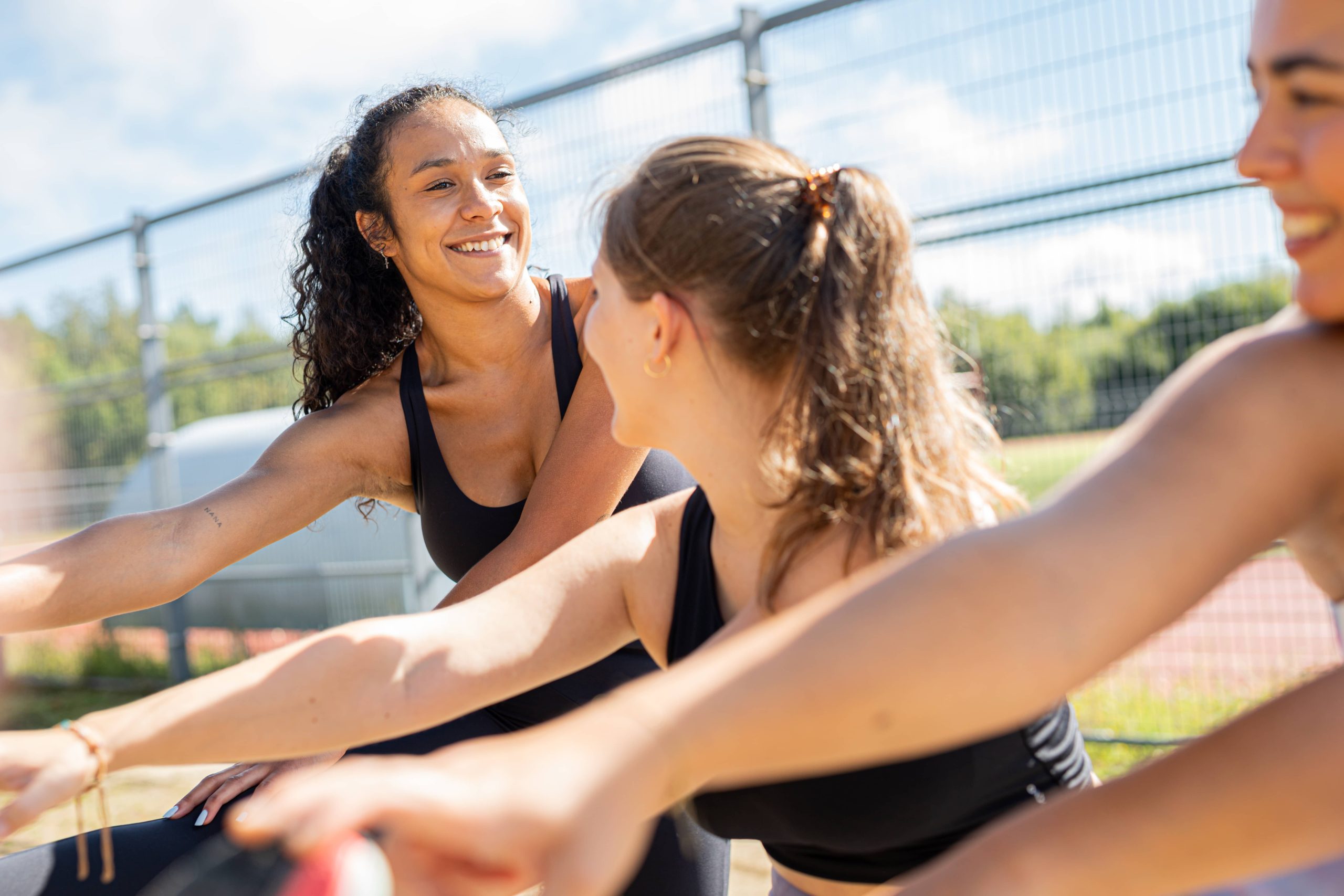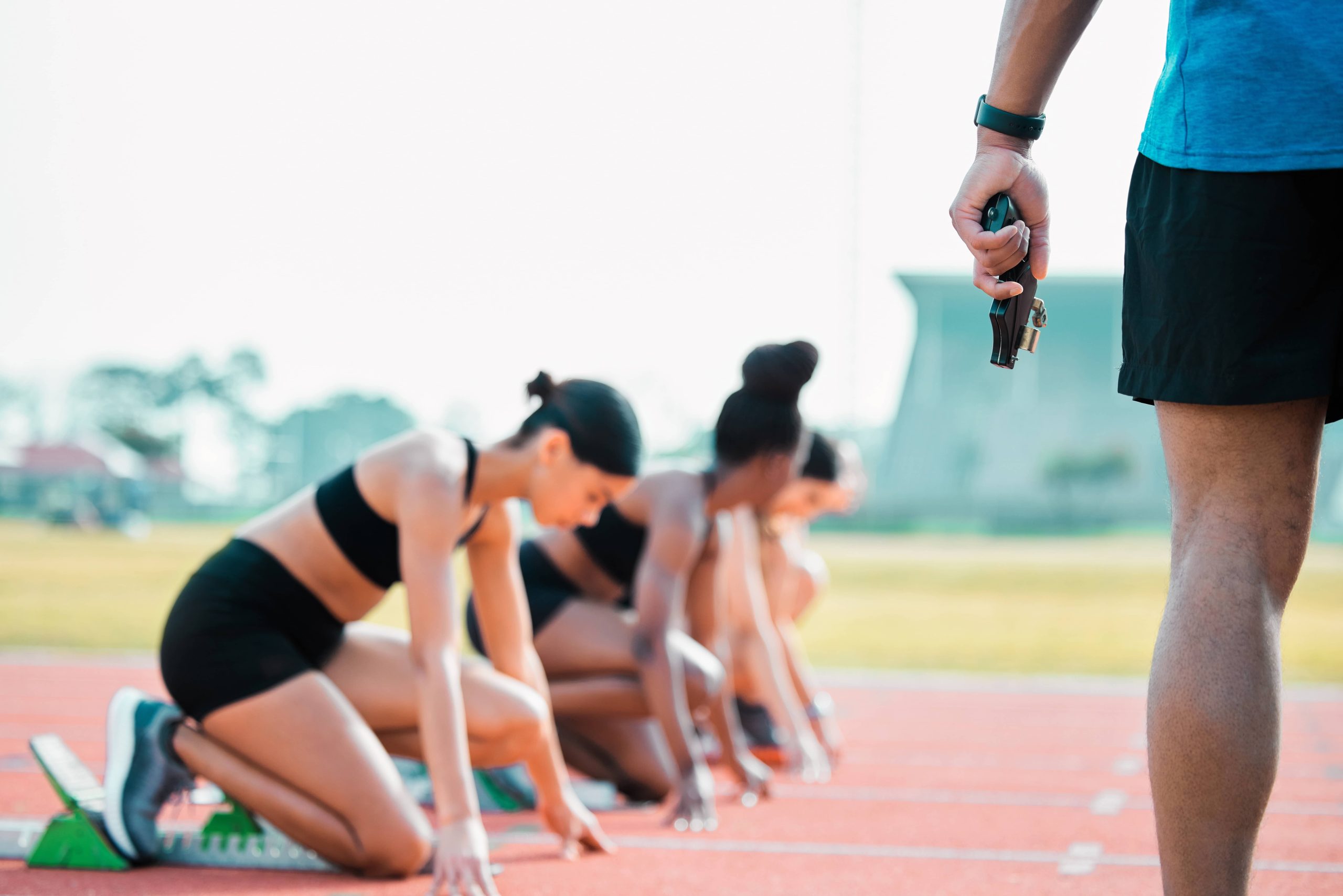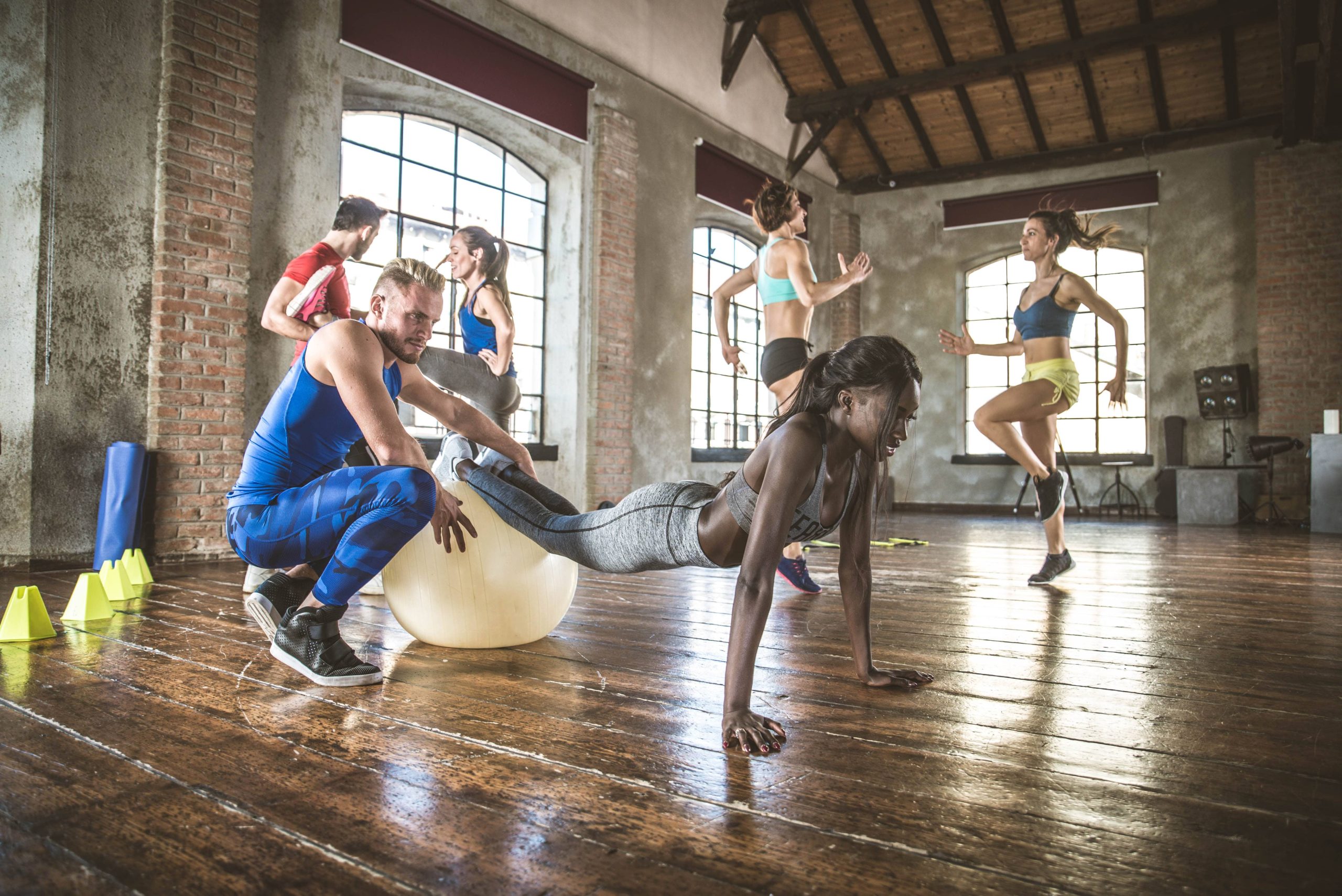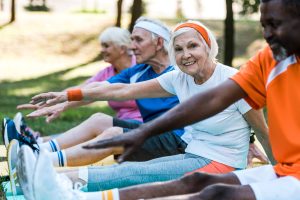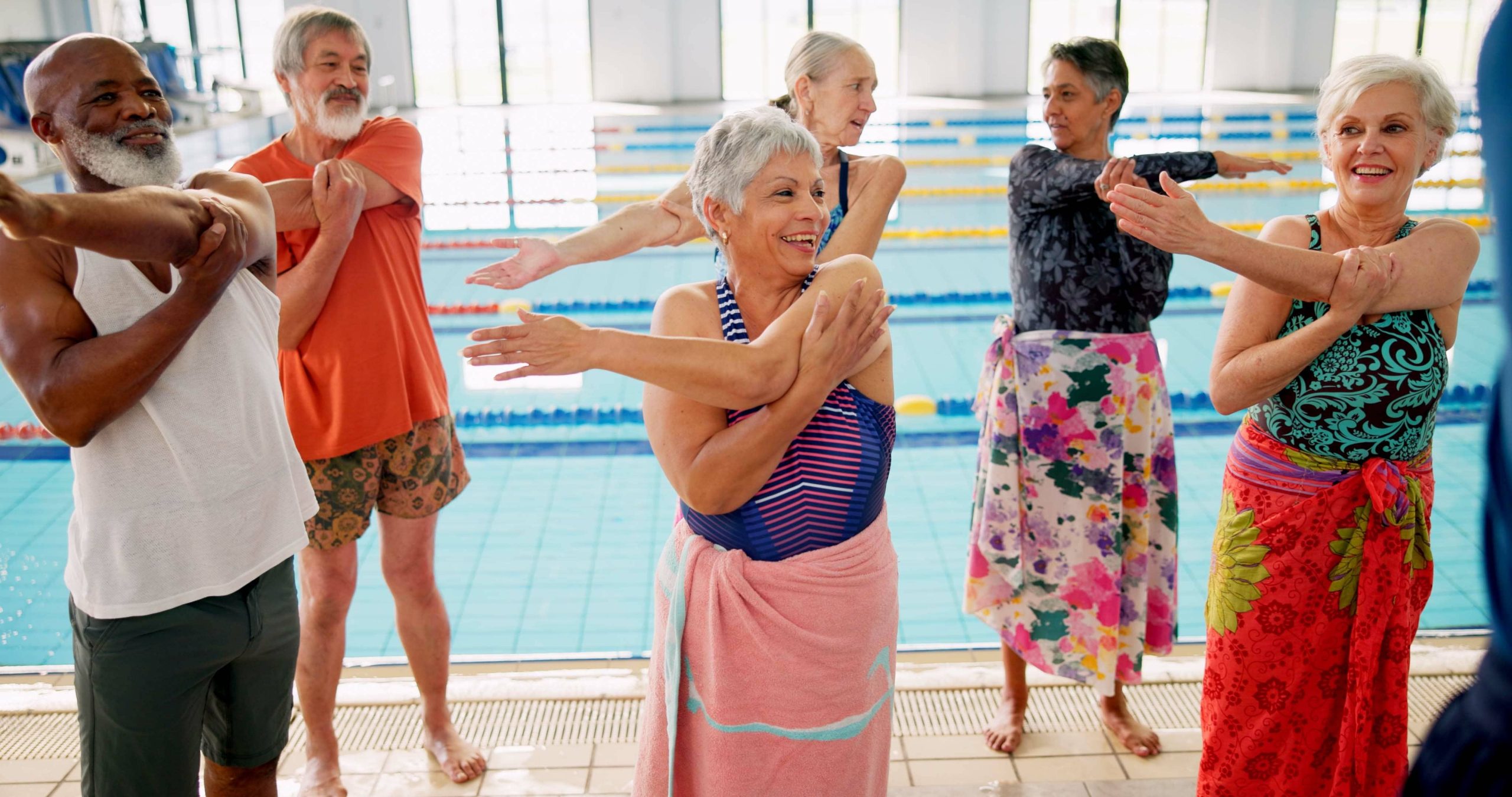
Aging gracefully is not just a possibility but a reality for many active aging individuals today. With the right mix of lifestyle choices, nutrition, and physical activity, we can maintain our vitality and independence well into our golden years. While staying active is crucial, it’s not just about endurance or strength alone; coordination plays an equally vital role. Let’s delve into the importance of coordination exercises and how they are specifically designed to support active aging.
Why Coordination Matters
Coordination is the harmonious functioning of multiple body parts to perform movements smoothly and efficiently. As we age, our muscle mass tends to decrease, balance may decline, and overall body movements might not be as crisp. This can lead to a higher risk of falls and injuries, which are common concerns among aging individuals.
Improved coordination can help in several ways:
– Reduced Risk of Falls: Better coordination enhances balance and spatial awareness, reducing the risk of falls.
– Enhanced Daily Functionality: With good coordination, carrying out daily activities such as walking, climbing stairs, or even playing with grandkids becomes more manageable and enjoyable.
– Boosted Confidence and Independence: Knowing that one’s body can respond effectively to everyday demands provides the confidence to maintain an active lifestyle.
– Improved Mental Health: Physical activity, especially one that requires concentration and precision, can foster mental agility and emotional well-being.
Types of Coordination Exercises
Coordination exercises for active aging individuals focus on integrating the body’s movements, improving both physical and cognitive performance. The following are some types of exercises that are specifically effective:
1. Balance Training
Balance exercises are fundamental for coordination. They challenge your muscles and brain to work together to maintain stability.
– Single-Leg Stands: Stand on one foot while holding onto a sturdy chair or countertop for support. Gradually reduce support as balance improves.
– Heel-to-Toe Walk: Walk in a straight line, placing the heel of one foot directly in front of the toes of the other foot. This exercise enhances balance and spatial awareness.
– Tai Chi: Often referred to as ‘meditation in motion,’ tai chi involves a series of slow, graceful movements that enhance balance and coordination.
2. Hand-Eye Coordination Activities
Hand-eye coordination is crucial for everyday tasks and can be maintained or even improved with specific exercises.
– Ball Toss: Simply tossing a ball against a wall and catching it with both hands can be surprisingly effective. To increase difficulty, try catching with one hand or using a smaller ball.
– Jigsaw Puzzles: Beyond their cognitive benefits, fitting pieces together engages precise hand-eye coordination.
– Table Tennis or Paddleball: These games require quick reflexes and precise movements, making them excellent for sharpening hand-eye coordination.
3. Cross-Body Movements
These exercises are designed to engage both sides of the brain, helping improve overall coordination.
– Cross-Crawl Exercises: While marching in place, touch your right elbow to your left knee and alternate. This cross-lateral movement enhances neural pathways between the two brain hemispheres.
– Windmills: Stand with feet hip-width apart. Extend arms out to the sides and reach your right hand to your left foot, then switch sides. This dynamic stretch is excellent for coordination and flexibility.
4. Dance
Dancing isn’t just a fun pastime; it’s a superb way to improve coordination, balance, and motor skills.
– Line Dancing: This can be done with a group and is often taught in community classes. Line dancing steps require memory and coordination.
– Zumba Gold: A lower-intensity version of traditional Zumba, perfect for active aging adults. It combines Latin and international music with movements that are both enjoyable and useful for enhancing coordination.
– Ballroom Dancing: Learning patterns and dancing with a partner can significantly boost coordination.
5. Functional Fitness
Exercises that mimic daily activities can help maintain independence and functionality.
– Sitting and Standing: Practice moving from a seated to a standing position without using your hands. This enhances leg strength and balance.
– Reaching and Twisting: Place an item on a high shelf, use a step if needed, and reach for it carefully. Incorporating a twist activates the core and improves balance.
Creating a Safe and Enjoyable Routine
Before starting any new exercise routine, it’s crucial to consider a few safety tips:
– Consult a Healthcare Professional: Always seek advice from a medical professional, especially if you have any pre-existing conditions.
– Start Slowly: Gradually introduce new exercises into your routine to avoid overexertion and injuries.
– Use Supportive Gear: Proper footwear and assistive devices can make exercises safer.
– Listen to Your Body: Pay attention to how your body feels during and after exercises. It’s okay to push your limits, but not to the point of pain.
Staying Engaged and Motivated
Aging actively is as much about maintaining an active mind as it is about staying physically engaged. Here are some tips to keep the motivation high:
– Set Achievable Goals: Having clear, attainable goals can foster a sense of achievement and keep you focused.
– Join a Community: Consider joining a fitness class or a club. The social interaction can be incredibly motivating.
– Track Your Progress: Maintain a journal or use a fitness app to track improvements in coordination, balance, and overall health.
– Celebrate Successes: Acknowledge your progress, no matter how small. Every step forward is a step toward a healthier, more vibrant life.
Conclusion
Coordination exercises are a vital component of a well-rounded fitness routine, especially for active aging individuals. They not only help in maintaining physical health but also play a critical role in cognitive functioning and emotional well-being.
By incorporating balance, hand-eye coordination, cross-body movements, dance, and functional fitness into your routine, you can age actively and gracefully. Remember, it’s never too late to start or enhance your journey to a healthier lifestyle. The right approach will not only add years to your life but life to your years. Embrace the challenge, enjoy the journey, and keep moving forward.

